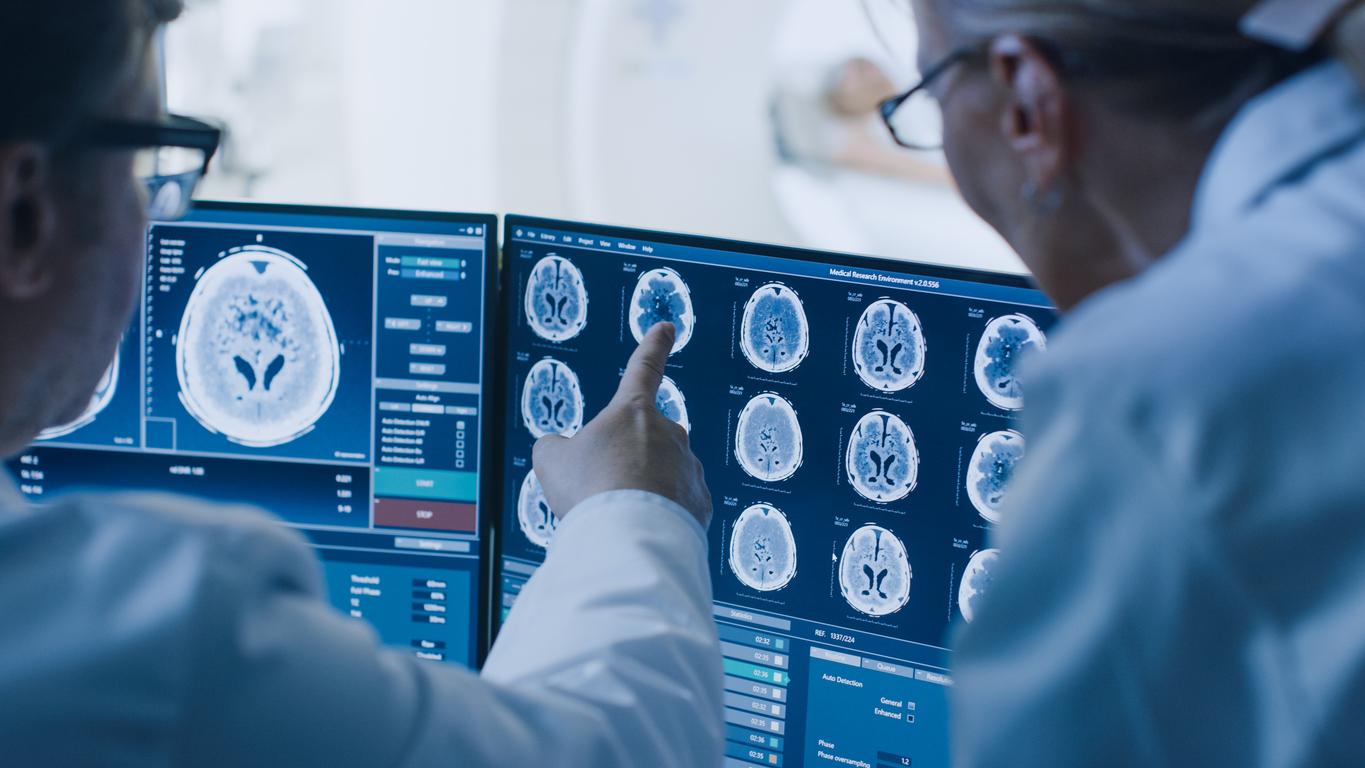A new study shows how moderate exercise helps fight non-alcoholic fatty liver disease, paving the way for the design of new therapies to prevent its progression.

- In the case of fatty liver disease or non-alcoholic steatohepatitis, there is a high concentration of lipid droplets which accumulate in the liver cells, hence the term “fatty liver disease”.
- This study reveals that moderate physical activity over time helps metabolize fats by reducing the size of lipid droplets, and therefore the severity of the disease.
- The researchers also discovered that the Mfn-2 protein participates in the regulation of the fatty acid composition of mitochondrial membranes in response to exercise, opening the door to potential future therapies.
Non-alcoholic fatty liver disease (NAFLD) is increasing at a worrying rate throughout the world, particularly in industrialized countries. In France, its prevalence is estimated between 20% and 25%, or at least one in five French people. “There are currently no drugs to treat NASH.”, explained gastroenterologist Dr Pauline Guillouche in a previous article. Today, treatment involves nutrition and physical exercise. But until now, scientists did not know how to explain the biological mechanisms induced by sport to prevent the disease. As such, a new study carried out on male mice suffering from NASH, and published in the March 2024 issue of the journal Metabolismtells us a little more.
Fatty liver: an accumulation of lipid droplets in liver cells
Before going into the details of this research, it should be noted that:
– lipid droplets are reserves of neutral lipids, that is to say fats, present in almost all cells to regulate their energy balance;
– mitochondria are organelles present in cells to create the energy necessary for their functioning.
In the case of fatty liver disease or non-alcoholic steatohepatitis, there is a high concentration of lipid droplets which accumulate in the liver cells, hence the term “fatty liver disease”.
“The interaction between lipid droplets and mitochondria is functionally important for homeostasis [phénomène biologique par lequel un facteur clé est maintenu autour d’une valeur bénéfique pour le système organique, ndlr] of fat metabolism. Exercise improves fatty liver disease, but until now it was unclear whether the disease directly impacts interactions between hepatic lipid droplets and mitochondria”, explains one of the authors of the researchProfessor María Isabel Heràndez-Alvarez, from the Faculty of Biology of the University of Barcelona, the Institute of Biomedicine (IBUB) and the Center for Biomedical Network Research on Diabetes and Associated Metabolic Diseases (CIBERDEM).
Moderate physical activity over time helps stabilize fat
“Our results reveal that aerobic exercise, that is, moderate physical activity over time, helps metabolize fat, because it reduces the size of lipid droplets, and therefore the severity of the disease, explains the researcher. Therefore, exercise-induced energy requirements determine regulated changes in the physical and functional relationships between lipid droplets and mitochondria.”The analysis also shows that the effects of exercise on hepatic triglyceride levels were independent of changes in body weight.
Reducing inflammation in liver fibrosis with mitofusin 2
The researchers also discovered a previously unknown connection between these lipid droplets and the mitochondria, through mitofusin 2 (Mfn-2), a protein located on the outer membrane of these organelles.
“In the case of mice lacking the Mfn-2 gene, exposed to physical activity, we did not observe changes in fatty acid saturation and metabolism. These results show that the Mfn-2 protein participates in the regulation of the fatty acid composition of mitochondrial membranes in response to exercise.”
According to the author, “the Mfn-2 protein would regulate the curve of the mitochondrial membrane by promoting fat oxidation in a specific population of mitochondria, thanks to its interaction and its ability to form specific domains with membrane phospholipids”.
“Considering the functions of Mfn-2 in mitochondrial morphology and in the liver, therapeutic manipulations of Mfn-2 levels and activity could contribute to the amelioration of inflammation and fibrosis linked to LD. foie gras”, concludes the scientist.


















